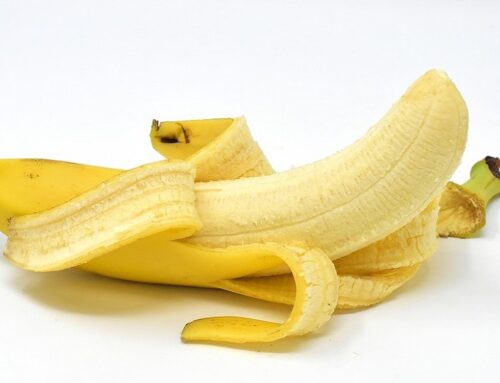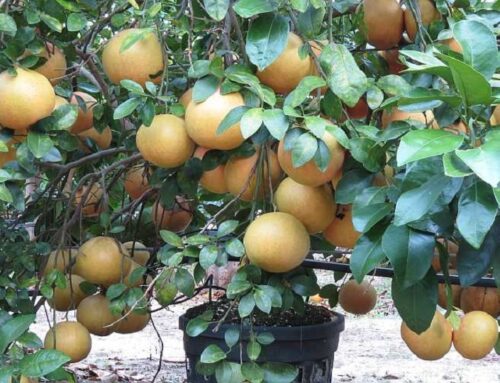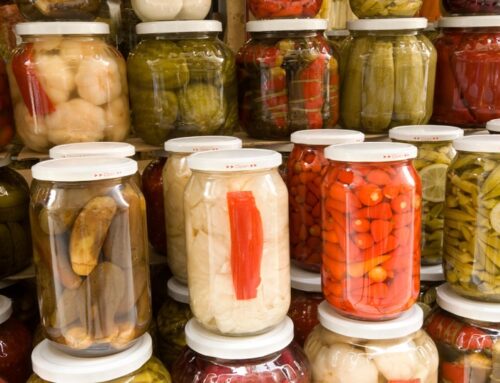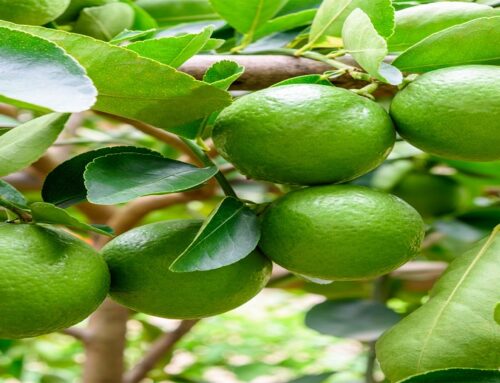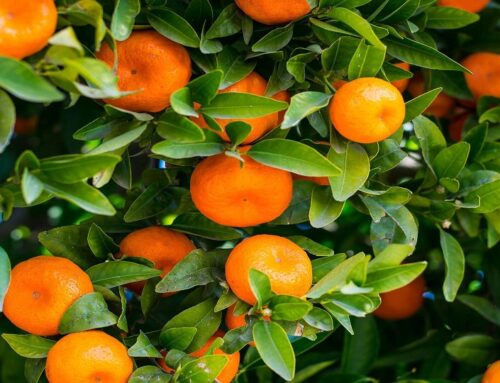Pomegranate plants are tropical and subtropical in their growth habit. However, these plants can e grown in cold regions also. There are several varieties/cultivars of pomegranate plants available for cultivation.
Cultivars and Varieties: There are both evergreen and deciduous varieties of pomegranate plants available for cultivation. A detailed account of these varieties is given below:
Evergreen or Hot Climate Varieties: These varieties are suitable for hot, tropical climate. Alandi or Vadki, Dholka, Kandhari, Paper Shelled, Spanish Ruby, Ganesh (GB I), G 137, P 23, P 26, Mridula, Aarakta, Jyoti, IIHR Selection, Yercaud 1, Co 1, Bassin Seedless, Ganesh Kabuli, and Musket Red are some of the popular hot-climate varieties of pomegranates.
Deciduous or Cold Climate Varieties: These varieties are suitable for cold climate.
Apart from the above-mentioned varieties, there is one dwarf variety of pomegranate plant available for gardening purposes. This variety is scientifically known as Punica granatum var. nana. It is popularly planted as an ornamental plant in gardens and larger containers, and is also used as a bonsai specimen tree.
Climate Requirements for Growing Pomegranate Plants: Pomegranate plants prefer a warm, dry, semi-arid climate and thrive well in locations where hot, dry summers and cool winters are available. They are drought-tolerant and frost-tolerant. Pomegranate plants can be grown up to an altitude of 500 meter above MSL (mean sea level). The plant requires hot ,dry climate during fruit development and ripening.
It is deciduous in cold, temperate areas and an evergreen or partially deciduous in tropical and sub-tropical climates.
Climate and Soil Requirements for Growing Pomegranate Plants: Well drained, sandy loams to deep loamy or alluvial soils are suitable for pomegranate cultivation.
Propagation: Seed propagation is possible. Hardwood cuttings (10 to 20 inches long) may also be used as propagation materials. However commercially, grafting and layering are used for propagation. Air layering is usually done during the rainy season and also in November-December.
Planting: Planting is usually done in spring (February-March) and at the onset of monsoons (July-August). Square system of planting is mostly adopted by commercial growers. Pits of 60 X 60 X 60 cm. size are prepared at a spacing of 5 meter in square system of planting. Pits are dug one month prior to planting. At the time of planting, pits are filled with top soil mixed with 20 kg. farm yard manure and 1 kg. super phosphate. Irrigation is provided immediately after planting grafts/air layers.
Site/Field Preparation: Field is tilled, and organic matter/humus is added to the top soil; alternatively green manuring may be done to increase soil fertility. Land is prepared by ploughing, harrowing, leveling and removing weeds.
Fertilizer Application: Recommended fertilizer dose is 600-700 grams of nitrogen (N), 200-250 grams of phosphorus (P2O5) and 200-250 grams of potassium (K2O) per plant per year.
For a 5-year old plant, 10 kg of FYM (farmyard manure) and 75 grams of Ammonium sulphate per annum should be applied during vegetative growth and 50 kg of Farmyard manure and 1 kg of ammonium sulphate should be given prior to flowering.
Basal dose of FYM and recommended doses of N, P and K should be applied to non-bearing plants in 3 split doses (January, June and September). Fertilizers should be applied in a shallow circular trench below plant canopy not beyond a depth of 10 cm. After application, fertilizers are mixed with top soil and plants are irrigated.
Irrigation: Irrigation soon after planting and irrigations after fertilizer applications are mandatory. During summers, weekly irrigation is recommended and during winters, irrigation at fortnightly intervals is recommended. Check basin system of irrigation is usually followed in large fields. Drip irrigation may also be practiced.
Training and Pruning: These are important cultural operations in pomegranate plants. Both single-stem training and multi-stem training are possible for pomegranate plants. Plants trained on single stems are more susceptible to stem borers and shoot hole borers. Pruning is done for the removal of ground suckers, water shoots, cross branches, and dead and diseased twigs. Pruning is essential to give proper shape to the plants. Slight pruning may be done to encourage new growth.
Insect-Pest and Disease Management: Major insect-pests that arrack pomegranate plants are fruit borer, mealy bugs, aphids, white fly, fruit sucking moths , pomegranate caterpillars and butterflies (Virachola isocrates), leaf-footed bugs (Leptoglossus zonatus), fruit flies, ants, and stem borers (Aleurodes sp.)
Control Measure: Spraying of petrol, chloroform, or kerosene oil or any of the recommended organic pesticides may effectively control most of these insect-pests.
Main diseases of pomegranate plants are leaf spot and fruit rot diseases. Spraying the plants with any of the organic fungicides such as Pyrethrum-based fungicides may be sufficient to control most of the fungal infections.
Fruit cracking is a serious disorder found in pomegranate plants. This is due to boron deficiency. It may also be caused due to moisture imbalances in the soil. Growing tolerant varieties viz. Bedana Bose and Khog may be effective to prevent fruit cracking in susceptible regions. If fruit cracking is due to moisture imbalances, the best method to control this disorder is to increase soil moisture by providing timely irrigations.
Harvest Maturity: Fruiting should be encouraged from fourth year of planting onwards. Pomegranate is a non-climacteric fruit and should be harvested when it is fully ripe. Fruits are ready for harvesting 120-130 days after fruit set. When fruit approaches maturity, the calyx at the distal end of the fruit gets closed. Also, fruits turn yellowish-red and get suppressed on sides.
Grading: Pomegranates are graded on the basis of weight, size and colour. Various grades are super, king, queen and prince-sized. Pomegranates are also graded into two grades such as 12A and 12 B.
Storage: Fruits can be stored in cold storage up to 2 months or 10 weeks at a temperature of 5 degree Celsius. However, storage at 10 degree Celsius and 95% relative humidity (RH) is recommended for long term storage to avoid chilling injury and weight loss in fruits.
Packing: Size of packages depends on the grade of the fruits. Corrugated fibre board boxes are mostly used. White coloured boxes having 5 plies are used for export purposes. Red-coloured boxes, which are less expensive, having 3 plies, are used for domestic/local markets. Cut pieces of waste papers are used as cushioning material.
Check out our publishing services here…
We publish top quality videos on various ‘Food & Agriculture’ topics. You may subscribe our video channel here…


